Visit The Stunning “Glowing Galaxy” Inside The Sandstone Canyon
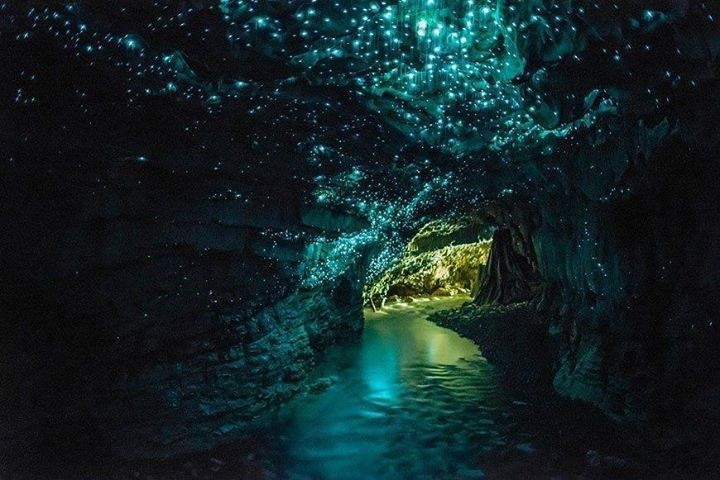 |
| Photo: Culture Trip |
Dismals Canyon is a sandstone gorge near Phil Campbell in Franklin County, Alabama. It was declared a National Natural Landmark in May 1974.
Dismals Canyon is one of only a few places where insects called dismalites (Orfelia fultoni, a distant relative of Arachnocampa) can be found. The larval forms of these flies emit a bright blue-green light to attract food and mates. They cover the canyon wall.
The canyon is home to two waterfalls, Secret Falls and Rainbow Falls, and six natural bridges.
Dismals Canyon is operated commercially as part of an 85-acre (34 ha) nature preserve, and a fee is charged for entry. Night tours are conducted to view the dismalites. Camping is available in both traditional campsites and in cabins.
History of Dismals Canyon
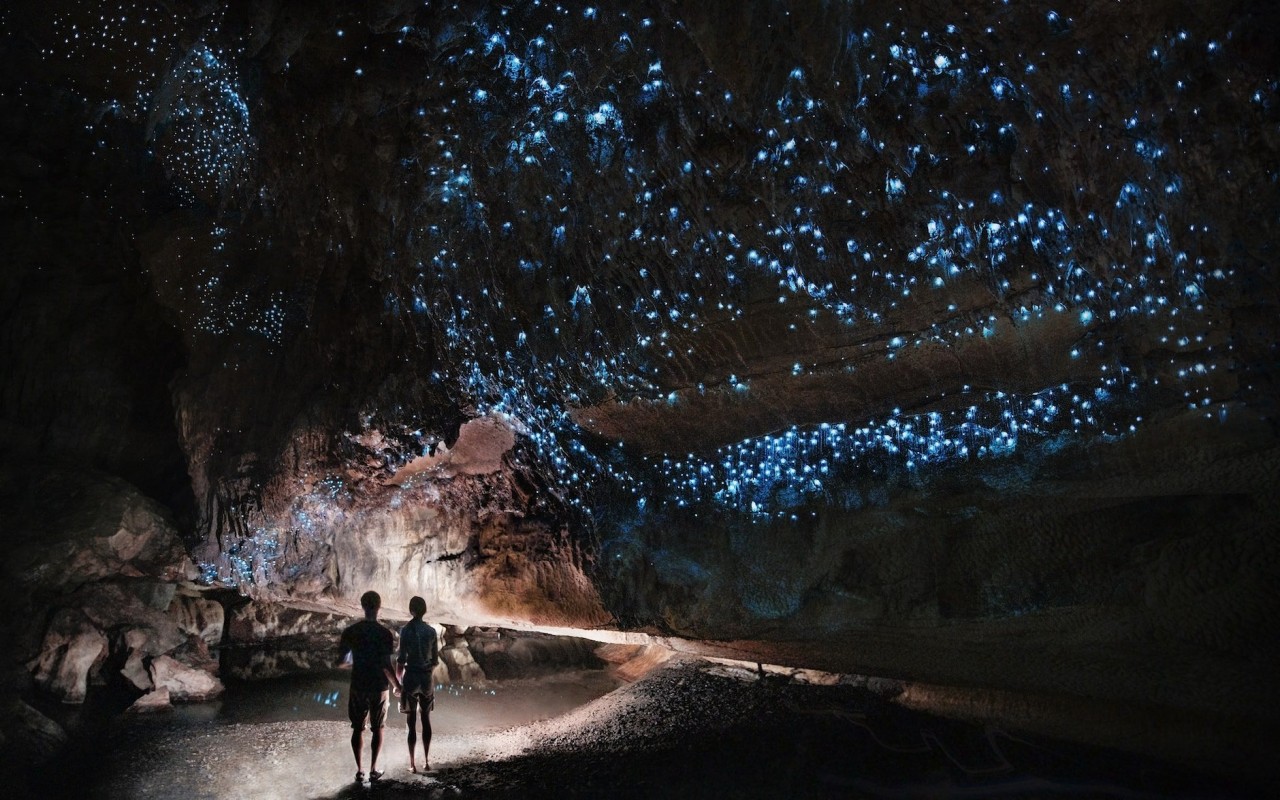 |
| Photo: Farmers' Almanac |
Dismals Canyon is a maze of meandering canyons, huge boulders, caves, and grottoes, all bisected by the flowing waters of Dismals Branch Creek. The area was designated as a National Natural Landmark by the National Park Service in 1975. How the canyon got its name is uncertain. The early Scots-Irish settlers may have named the canyon after a similarly rugged region in Scotland known as "Dismals." A second theory suggests that the settlers named it thus simply for its dark labyrinths and gloomy passages.
The canyon's topography results from eons of geological events during the Paleozoic Era, when the area was a vast swampland. Over successive millennia, the landscape gradually was carved by moving water into a web of canyons and gorges; numerous earthquakes littered the canyon with gigantic boulders as the Earth was reshaped by tectonic events within the Cumberland Plateau. Natural attractions of the canyon include Temple Cave; Rainbow Falls and Secret Falls, two large waterfalls that tumble over large boulders; Witches Canyon; the Champion Tree, the largest eastern hemlock in the world at 138 feet and believed to be 350 years old; and Pulpit Rock, which provides a panoramic vista of the canyon.
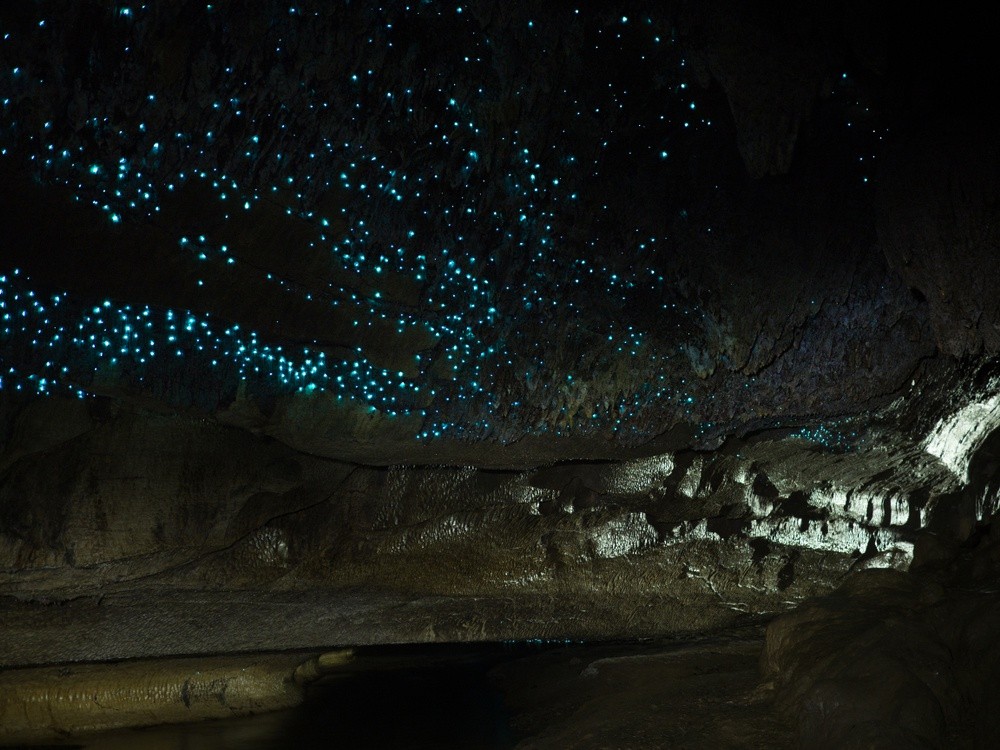 |
| Photo: Great Vehicles News |
Artifacts discovered within the canyon reveal that Native Americans inhabited the area as early as 10,000 years ago. Spear points, pottery shards, and other relics have been found among the caves and bluff shelters, including Temple Cave. During the historic period, the Chickasaws and Cherokees used the area as well. In 1838, the U.S. Army temporarily held a large number of Cherokees captive in the canyon before their removal west in the infamous Trail of Tears. Local legend holds that outlaw Jesse James hid out there during one of his bank-robbing forays, and bandits who robbed and murdered travelers on the nearby Natchez Trace wilderness footpath used the canyon as a hideout. In the latter part of the nineteenth century and into the twentieth, settlers in the area built a cotton gin and sawmill in the canyon, both of which were destroyed by a flood sometime in the 1950s. The mill's grinding wheel is still visible below Rainbow Falls, where it was deposited by the flood.
The canyon's ruggedness helped preserve it when logging firms moved into the area. Early loggers were unable to profitably harvest the huge trees, with the result being that large numbers of old-growth trees remain, including huge beech, hemlock, and tulip poplar. The forest shelters a biologically diverse understory that includes huge glades of ferns and mosses that blanket the scattered boulders on the canyon floor. More than 350 species of plants and 27 species of trees have been identified in the canyon. The primeval appearance of the park led the Discovery Channel to use the park in several scenes in the show When Dinosaurs Roamed America.
What are dismalites?
The glowworms of Dismals Canyon aren’t really worms, but the larvae stage of a unique, native type of fungal gnat endemic to North America called Orfelia fultoni.
Close cousins to the glowworms of New Zealand and Australia, dismalites live in the moist, moss-lined walls of the canyon, the ideal place for them to weave a sticky web to capture prey. They emit a bright blue-green light from both their head and their tail to attract food, usually insects like Alabama’s plentiful mosquitos. Britney Slappey-McCaffrey, Dismals Canyon’s resident biologist, says dismalites illuminate using a process similar to that of fireflies.
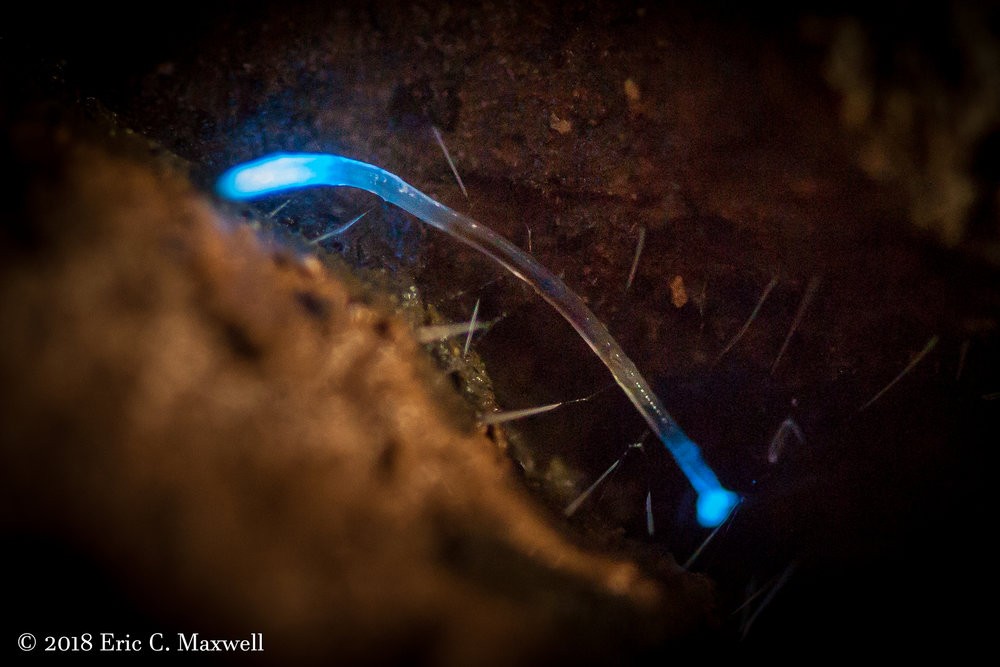 |
| Photo: Eric C. Maxwell |
“We have the last primeval forest east of the Mississippi. What that means is that our forest has never been touched by ax or fire, so it's all old timber,” says Slappey-McCaffrey. “It’s almost impossible to get down there with any kind of machinery for farming or lumber. The humidity climate is perfect for dismalites, and the canyon itself was built around their survival.”
Dismalites typically put on their show from mid-April to mid-May when gnats’ eggs hatch, and then peak again mid-September through October.
“I’ve had people tell me that dismalites are in different places in Alabama, but not at the numbers that we have,” she says. “We have the biggest population of dismalites anywhere in the world,” due to the thick Eastern hemlock tree cover at Dismals Canyon which provides the high humidity the insects need to survive.
Although Alabama’s glowworm population is healthy and thriving, not all bioluminescent creatures can say the same.
An abstract published in March 2020 in Insect Conservation and Diversity showed that glowworm numbers have dropped three-quarters from 2001 to 2018, and the climate crisis seems to be the main reason.
Another study published by the Royal Society in July 2020 found that artificial light pollution affects the glow of female insects. In short, when exposed to artificial light, female glowworms are less likely to light up and more likely to hide.
Casper Ohm, a marine biologist and the founder of the Water Pollution Institute, says the amount of artificial light at night is growing worldwide, impacting the behavior of nocturnal organisms, including bioluminescent ones. Bioluminescence occurs widely in marine vertebrates and invertebrates, as well as in some fungi, terrestrial arthropods, and microorganisms including some bioluminescent bacteria.
“Light pollutants greatly affect bioluminescent animals, particularly those found on land. Increased exposure to artificial light due to human activities, such as growing cities and increased global shipping movement, may disrupt when and where bioluminescent species occur and disperse,” he says. “In turn, the movement of predators is affected, leading to disruptions in food webs, potentially changing the dynamics of energy transfer efficiency.”
Dismals Canyon is just as delicate. Its precise set of conditions is fragile, and Mullen, who studied the dismalites for more than two decades, says even the smallest change could disrupt the whole magic kingdom.
“Hemlock trees don’t live forever, but they’re living here in a very special environment. Environmental change, climate change, any one of these things could be devastating to that unique population of hemlocks,” Mullen says of northern Alabama’s Eastern hemlock groves, which only grow in the southernmost point of the state.
How to visit the Dismals Canyon
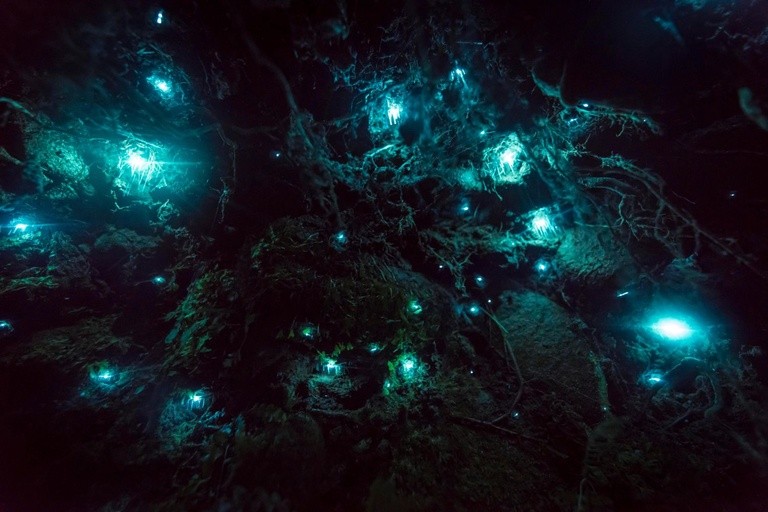 |
| Photo: Discovery Time |
Dismals Canyon is one of a very few places on Earth with the habitat—high humidity, dimly lit, still air—required by these insects, and it harbors the largest known population in the United States. Guided evening tours of the canyon allow visitors to view the dismalites; the best time to view them is in summer, when they cover the steep rock faces of the canyon, but they are present in smaller numbers most of the year.
The canyon is owned by Dismals Canyon LLC, which was incorporated in 1995. Facilities at Dismals Canyon include a visitor's center from which interpretive guided tours are offered, a 1.5-mile hiking trail, two rustic rental cabins, primitive campsites, a country store, and a bathhouse and restroom. There is a natural swimming hole on Dismals Creek. A seasonal staff of between two and six people operates the canyon. The canyon is closed from December through February and is open on select days depending on the season.
Hiking is available along a 1.5 mile hiking trail on the canyon floor. Above the entrance to the canyon floor is a natural pool that feeds Rainbow Falls. Swimming is permitted during daylight hours. There is also a large sandbox for the kids and a badminton net is available. Summertime is an inviting time to visit Dismals Canyon. The temperature runs some 14 degrees below Alabama's summer average. There are no mosquitoes, flies, or poison oak.
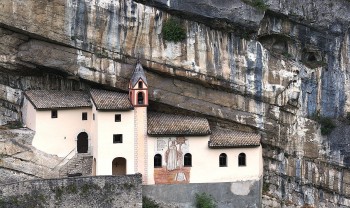 | The Secluded And Mysterious Hermitage Nestled On a Cliff In Northern Italy The quiet and isolated Eremo di San Colombano hermitage dangling on a cliff in northern Italy is one of the most unusual attractions for travellers ... |
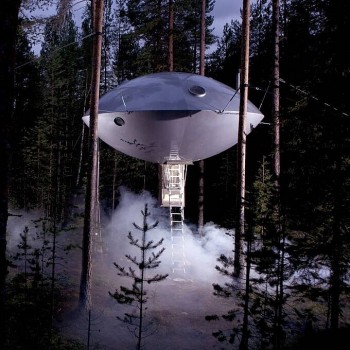 | Top 7 Coolest Treehouse Hotels In The World Tree house hotels have been around for a while, and it is an interesting change from normal hotel and stay styles. Take a look at ... |
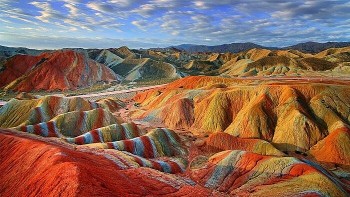 | The Mesmerizing Hormuz, “The Rainbow Island” Most Tourists Don’t Know With the ruby red beach, rainbow valleys and amazing sights, Hormuz Island has recently become the famous destination for tourists and travellers who want to ... |
Recommended
 World
World
Pakistan NCRC report explores emerging child rights issues
 World
World
"India has right to defend herself against terror," says German Foreign Minister, endorses Op Sindoor
 World
World
‘We stand with India’: Japan, UAE back New Delhi over its global outreach against terror
 World
World
'Action Was Entirely Justifiable': Former US NSA John Bolton Backs India's Right After Pahalgam Attack
 World
World
US, China Conclude Trade Talks with Positive Outcome
 World
World
Nifty, Sensex jumped more than 2% in opening as India-Pakistan tensions ease
 World
World
Easing of US-China Tariffs: Markets React Positively, Experts Remain Cautious
 World
World


